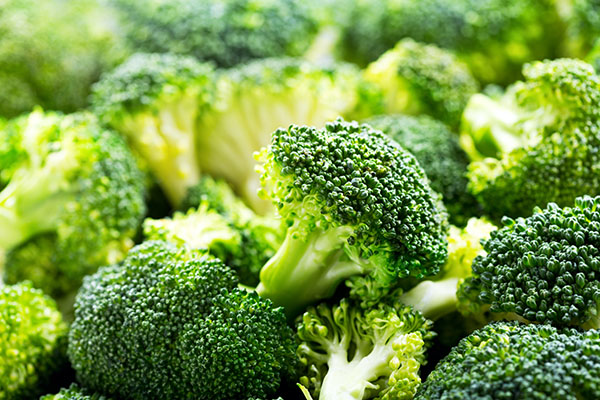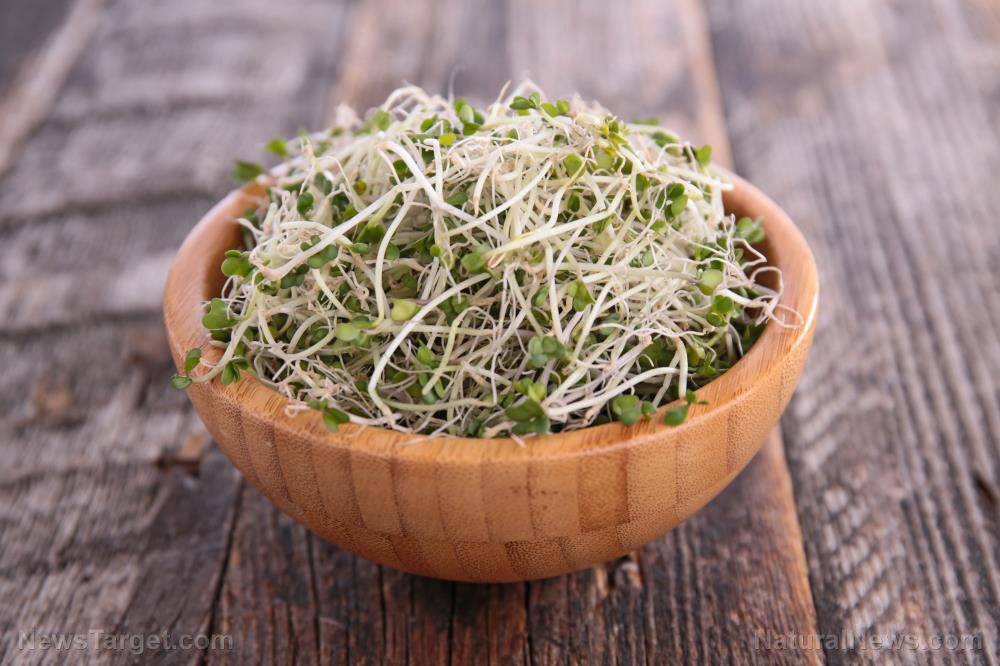
Conventional diabetes treatment involves drugs to control glucose levels like metformin, but as many as one-in-seven patients cannot tolerate this type of medication because of its effects on the kidneys. A new study published by the American Association for the Advancement of Science offers a natural alternative for these patients – and, quite frankly, a better alternative for all type 2 diabetes patients who want to avoid the toxic side effects of chemical drugs.
Researchers began their study by constructing a signature for type 2 diabetes based on 50 different genes. They then used expression datasets to screen 3,852 compounds to find one that could potentially reverse disease. Their most promising lead was the compound sulforaphane, which is found in cruciferous veggies like broccoli. In cultured liver cells, sulforaphane reduced glucose (sugar) production and “liver gene expression away from a diseased state in diabetic rats,” according to Science Daily.
This is important because the body uses sugar as fuel for the cells, and the hormone insulin allows this sugar to enter the cells. In people with type 2 diabetes, the body either doesn’t produce sufficient insulin or has become resistant to its effects. This results in a build-up of glucose in the body, eventually damaging the eyes, kidneys, heart and nerves.
Once they had isolated sulforaphane as a promising compound, the researchers arranged a 12-week randomized placebo-controlled trial involving 97 patients with type 2 diabetes. Some of the subjects were given concentrated broccoli sprout extract for the duration of the trial, while a control group was not. At the end of the 12-week period, the group receiving the broccoli extract had considerably lower fasting glucose levels compared to the control group. [RELATED: Studies have found that sulforaphane is also an effective treatment for a common type of leukemia.]
Scientists have known for some time that sulforaphane and another antioxidant called quercetin are superheroes in the fight to protect cellular health. A study by researchers from the University of Warwick, published in the journal Antioxidants & Redox Signalling, found that these compounds protect the cells by activating a protein called Nrf2. This protein moves in and out of the nuclei of human cells constantly, monitoring their health. When a problem is detected, Nrf2 starts moving in and out of the cell at an accelerated rate, which seems to stimulate the cell’s own defense mechanisms. The researchers discovered that while Nrf2 normally oscillates in and out of a given cell once every 129 minutes, when exposed to sulforaphane and quercetin, this process speeds up to once every 80 minutes, promoting healing and supporting cellular health. This provides an additional mechanism by which sulforaphane helps the body to repair from the effects of diabetes.
Sulforaphane is by no means the only natural treatment for diabetes being investigated by researchers. Very Well reports that there are several other natural remedies that show great promise in the fight against this deadly disease, including:
- Ginseng: North American ginseng has been shown to improve blood sugar control and to elevate glycosylated hemoglobin levels (the hemoglobin the blood used to monitor blood glucose levels over time).
- Chromium: This essential trace mineral facilitates carbohydrate and fat metabolism, and a six-month study published in Diabetes Care found that patients who were given chromium supplements along with their standard treatment had significantly improved insulin sensitivity at the end of the trial.
It is important to remember that diabetes is a dangerous disease, and patients wishing to try natural remedies should do so under the supervision of a qualified naturopathic health practitioner. [RELATED: Discover more helpful information at DiabetesScienceNews.com]
Sources:
Please contact us for more information.























